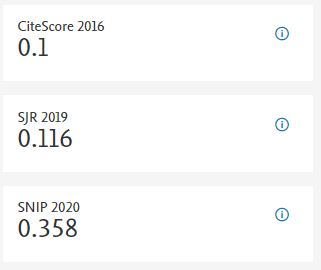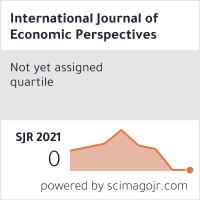Forecasting airline demand in Brazil: performance of models
Abstract
This paper aims to analyze the effectiveness of domestic airline passenger demand forecasting methods for three of the most important airports in Brazil. For this purpose, univariate models are tested, which serve as benchmarks for the analysis, including naïve forecasts, autoregressive integrated moving average (ARIMA) with the seasonal component, and Holt-Winters (HW) exponential smoothing. More recent approaches are also considered, such as autoregressive neural networks (ARNN), Bootstrap aggregation (bagging), and model combination techniques. The data cover the period from January 2000 to January 2014 with monthly frequency. To capture the dynamics of the Brazilian economy and the supply-side factors for the airline industry, an autoregressive distributed lag model (ARDL) is used. The results indicate that all models provide accurate forecasts, but there was no winning method with consistent results for all different airports or forecast horizons in this study, which aligns with the forecasting literature.














